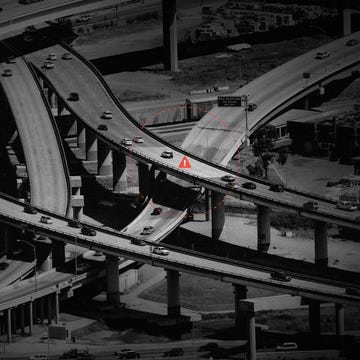500 Years Later: Celebrating Leonardo da Vinci's Life and Inventions
A look at the visionary's 10 greatest creations.

Half a millennium after Leonardo da Vinci's death, his influence is alive and well in many of the modern machines we see and use every day. An inventor, engineer, scientist, and artist, da Vinci was the quintessential Renaissance Man, and one of history's brightest minds. Not only did he have the vision to create early versions of game-changing modern gadgets, but he was also the extremely gifted painter who birthed the world's most famous work of art, the Mona Lisa, and the equally iconic Last Supper.
"He was the first to insist that mechanical devices should be designed in keeping with the laws of nature," says Martin Kemp, Professor Emeritus of Art History at Oxford University and a leading expert on da Vinci. "He was also the first to design separate components, which could be deployed in various machines," Kemp tells Popular Mechanics.
da Vinci's genius lies in the fact that each of his inventions is a direct predecessor to the common tools and machines we use today. As we mark exactly 500 years after his death, we celebrate da Vinci's most influential creations and the impact they made.

Navy Remove Stealth Destroyer’s Big Guns

The Long and Messy Search for Al Capone's Treasure

Skunk Works Unveils Stealthy Tanker Design

Rebuilding the Maze

















